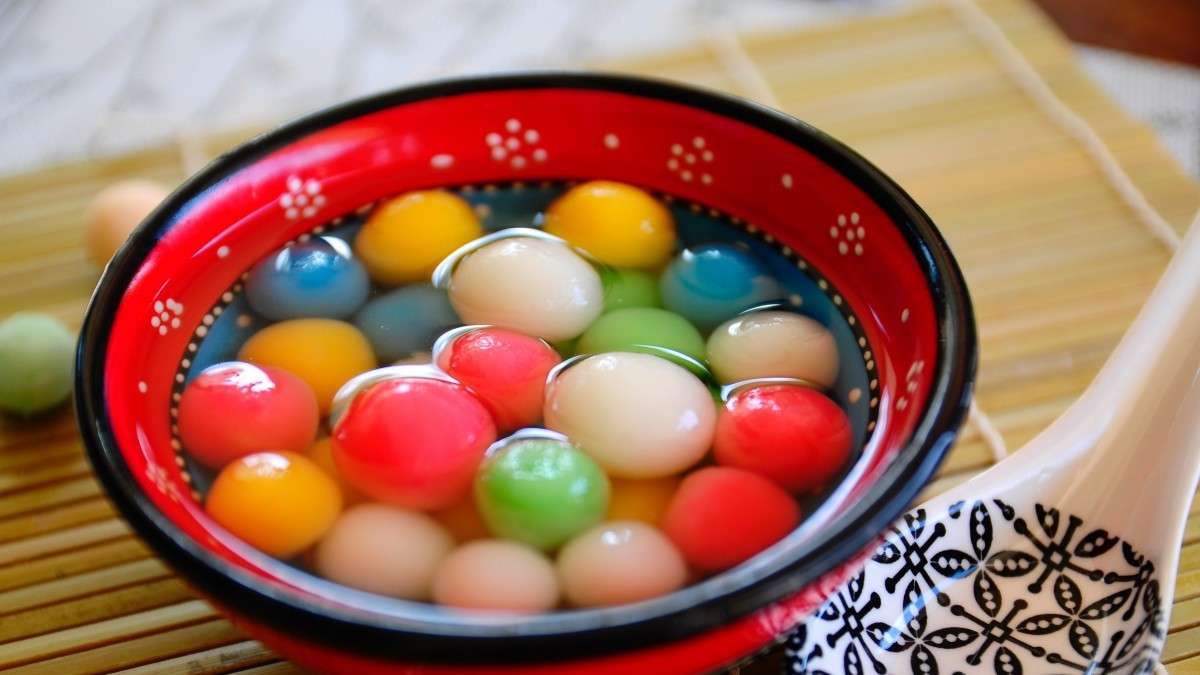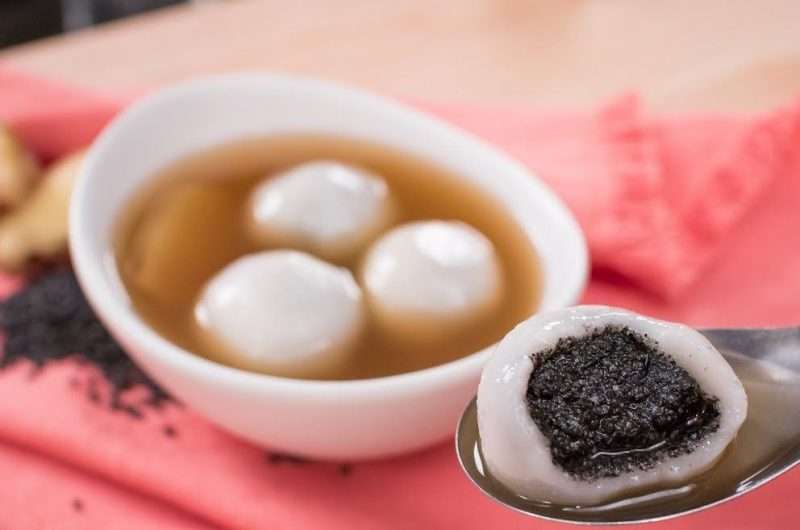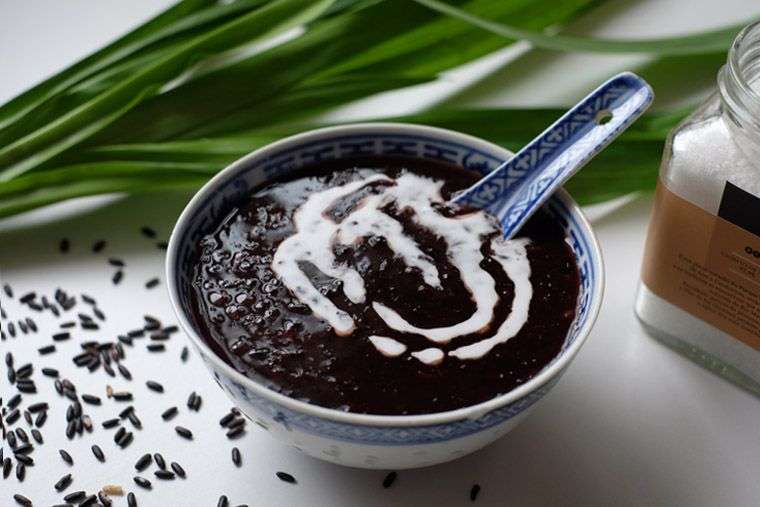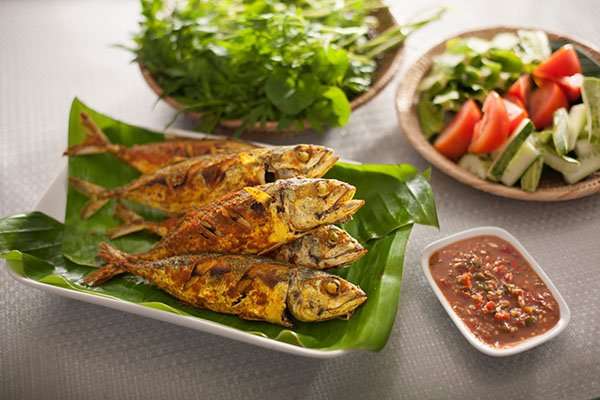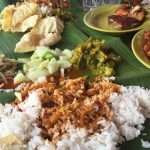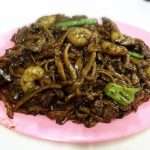How to Make Tang Yuan at Home
Tang Yuan is often made in commemoration of the Chinese Lantern Festival and the Winter Solstice Festival. It is a dessert that appears as what its name suggests— a soup ball. Having a pastel look with a chewy exterior and sweet filling that bursts in your mouth, this is a dessert that most Malaysians enjoy.
The Chinese believe that this dessert brings union and togetherness. Hence, besides the festivals, many serve this sweet delicacy in social functions such as family gatherings and weddings. This belief is due to the homophone between Tang Yuan, and the name translates to union in the Chinese language.
Origin of Tang Yuan
Although it has become a typical delicacy in Malaysia, the true birthplace of this dessert lays in Greater China. Even in China, it bears different names—the northern part referring to it as Yuan Xiao; the southern part referring to it as Tang Yuan.
Funnily enough, the original name of the dessert was Yuan Xiao, which derived from the Yuan Xiao Festival. This delicacy was the result of modification by a military official, who had disliked the name. This change then passed on to us Malaysians and has become what it is today.
Tang Yuan Recipe
Recipe by LokaTasteDifficulty: Easy4
servings40
minutes5
minutes406
kcalMaking Tang Yuan is an easy process, its simplicity giving room for creativity, which had caused variations of this dish to come about. Some intriguing examples include strawberry and condensed milk, and mandarin rose milk chocolate.
Even then, it would be wise to start with the very basic, and master the traditional Tang Yuan first, which consists of a nutty black sesame filling, immersed in a sweet ginger syrup.
Ingredients
80g of black sesame seeds
2 ½ tablespoons of sugar for the filling, and 1/3 cup of sugar for the syrup
40g of softened lard
water
One ginger
2-3 pandan leaves
2 cups of glutinous rice flour
Red and yellow food colouring (optional and colour choices can be up to your preference)
Directions
- Firstly, prepare the black sesame filling by toasting black sesame seeds over low heat in a frying pan (just a tip: when the flat seeds plump up and become soft enough to crush between your fingers, it’s a sign that they’re ready).
- Once that is done, cool the sesame seeds by refrigerating it for a short while.
- Then in a food processor, add sugar and the cooled sesame seeds, and grind them until it has a paste-like consistency. With that done, transfer the contents into a mixing bowl, and add lard. Mix until the mixture is firm enough to be handled.
- When that is done, put the mixture back into the fridge and move on to preparing the syrup.
- Peel and pound the ginger with a knife.
- Then in a pot, pour about 200 ml of water to boil. While boiling, add in the ginger and pandan leaves and let it boil over medium heat until the aroma of ginger and pandan leaves start to escape the pot. Add sugar in, and let it simmer for another 15 minutes (the amount of sugar added can be adjusted according to your preference). Set aside the syrup and move on to making the dough.
- In a mixing bowl, add glutinous rice flour, and pour hot water while stirring it. Stir until the mixture is of an even consistency—having no big lumps. When that is done, use your hands to knead the mixture. The dough is ready when the dough no longer sticks to your hand.
- Depending on the assortment of colours that you want your Tang Yuan to have, divide the dough accordingly and separate them into different bowls. Add 2-3 drops of food colourings in each to add colour to the dough.
- Line a flat surface with paper or a slightly damp cloth beforehand. Using your hands flatten a piece of dough about the size of your palm. Scoop some filling onto the dough with a spoon. Using your fingers, gently pinch the dough to wrap it around the filling (be careful not to put too much filling as it might make it more challenging to wrap around).
- Finally, boil another pot of water and plop the dumplings in. Transfer them into the syrup water as soon as they float, and they are ready to be served and enjoyed!
Ways to Enjoy The Dessert
This is a fitting dessert to mark the end of your meal or to quench your sweet tooth. If you’re adventurous, you could always explore variations of this dessert by thinking of your own original flavour combo (experimenting may not always produce delicious results, but that’s part of the learning process).
Explore other popular Malaysian delights with Lokataste Recipe and more!

